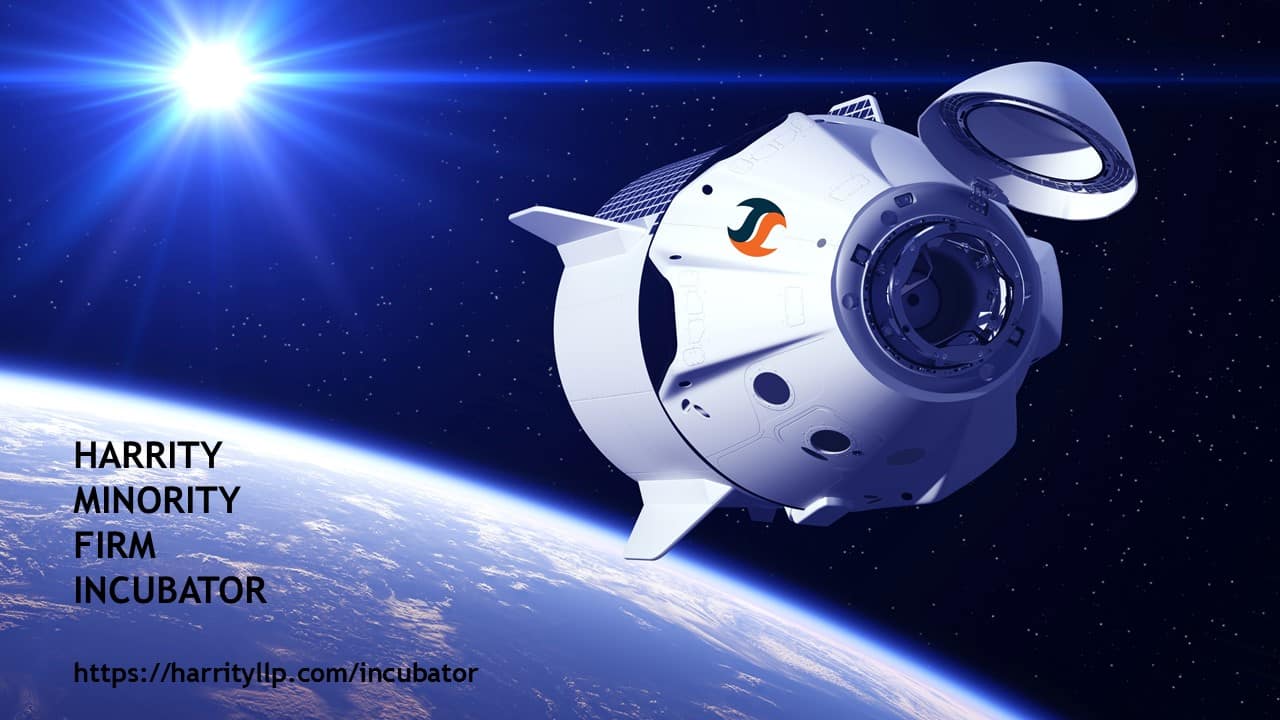Law.com (September 10, 2019) “We allow our attorneys to work where they want, when they want, and how much they want,” managing partner John Harrity says.
Firm Name: Harrity & Harrity, LLP
Firm Leader: John Harrity, Managing Partner
Head Count: 30 attorneys, 20 professionals
Location: Fairfax, Virginia
Practice Area: Intellectual Property
Governance structure and compensation model: Management by a three-person management committee, compensation is a pay for performance model
Do you offer alternative fee arrangements? Yes
**The following answers were provided by Harrity and edited lightly for style.**
What do you view as the two biggest opportunities for your firm, and what are the two biggest threats?
Our biggest opportunity stems from the fact that we are consistently able to provide high-quality, uniform patent work in a timely and efficient manner. Other firms, especially those that are using the traditional law firm model, are struggling to compete in today’s competitive, price-conscious patent environment. While some firms think that it is impossible to provide outstanding customer service in today’s environment, we are thriving. Our biggest threat is the difficulty we have attracting superstar attorneys to join our firm. This has long been one of our challenges. Big Law firms offer high starting salaries to attorneys who have very little experience. It can be difficult for us to compete when our model is pay for performance.
Some other opportunities for our firm are related to our remote staffing model. We don’t need every attorney at the firm to operate from our central office location, so we benefit from a pool of candidates that many law firms won’t consider because the candidate is interested in working remotely, or isn’t in the geographic footprint of other firms. We also see opportunity in the price pressure that is impacting the practice of patent law—while the big law firms struggle to find profitability in this area while bowing to the price pressures mandated by the large corporations that are setting the pricing standard for patent applications, we leverage technology and process improvements to ensure efficiency without sacrificing quality or our ability to make a profit.
The legal market is so competitive now—what trends do you see, and has anything, including alternative service providers, altered your approach? Is your chief competition other mid-market firms, or is your firm competing against big firms for the same work?
We go head to head with law firms of every size. Although we don’t directly compete with alternative service providers, I would still consider them to be competition. In the patent field, we have seen pricing for patent application drafting and prosecution come down, and we don’t expect it to go back up. Law firms tend to think that Patent 300TM companies will come to understand that higher prices are required to be able to provide outstanding customer service, including outstanding quality. This just simply isn’t the case. We have been focusing on efficiencies for more than six years. When I say efficiencies, I’m talking about leaning out our process steps and creating automation tools. Being able to provide outstanding customer service while charging less for patent services is not only doable for us in today’s patent field, but we are also simultaneously able to pay our attorneys top dollar.
There is much debate around how law firms can foster the next generation of legal talent. What advantages and disadvantages do midsize firms have in attracting and retaining young lawyers, particularly millennials?
I think we have a huge advantage over the big firms with respect to attracting and retaining young lawyers, including millennials. One thing you hear about with respect to millennials is that they want freedom. So, we give it to them. We allow our attorneys to work where they want, when they want, and how much they want. This freedom is an instrumental reason why we attract such a large group of candidates for open attorney positions. In addition to this freedom, we have a pay for performance model, which allows hardworking young professionals to make substantially more than their peers at the big law firms.
Does your firm employ any nonlawyer professionals in high-level positions (e.g. COO, business development officer, chief strategy officer, etc.)? If so, why is it advantageous to have a nonlawyer in that role? If not, have you considered hiring any?
An integral (nonlawyer) member of our firm is Rocky Berndsen, who leads Harrity Patent Analytics. He oversees an analytical team using cutting-edge capabilities to analyze patent data and extract insights for clients to use when making strategic decisions regarding patent portfolios. The team recently published its inaugural Patent 300TM Report, which ranks and analyzes the top 300 companies, organizations, and universities in the patent field.
What would you say is the most innovative thing your firm has done recently, whether it be technology advancements, internal operations, how you work with clients, etc.?
In September, we introduced our Minority Firm Incubator program, established to help train, cultivate, and launch minority-owned patent law firms. The program is an integral and innovative part of our ongoing initiative to advance attorneys who will contribute to the diversity of the patent field. Our firm will select two candidates from a pool of skilled applicants, and begin training them through an exhaustive four-year program that will not only prepare them to draft and prosecute patent applications, but also prepare them to successfully run their minority-owned patent firm as a business. In addition, what makes this a truly once-in-a-lifetime opportunity is that these selected attorneys will develop, during their time at our firm, relationships with Patent 300TM companies that are part of our program. Ultimately, the selected attorneys will learn how to successfully run their law firms abiding by Harrity & Harrity’s proven best practices, then formally launch their firms assisted by the already established corporate relationships.
Does your firm have a succession plan in place? If so, what challenges do you face in trying to execute that plan? If you don’t currently have a plan, is it an issue your firm is thinking about?
As a 20-year-old firm, our leadership is far from retirement age, but that has not stopped us from putting succession framework into place. We have established training programs that will help our associates develop the leadership and management skills they need to ascend the partner ranks. We have also engaged outside resources to make sure we’re doing the things we need to do to prepare for the day—many years down the road, we hope—when the firm’s leadership will transition to a new guard. We are prepared for that, and see no imminent challenges to implementing our succession plan.
Harrity & Harrity is a patent preparation and prosecution firm specializing in the electrical and mechanical technology areas and is considered a Go-To Firm for the Patent 300™. Our clients have come to trust in our high-quality work, experienced people, industry leading innovation, and outstanding service. For more information, visit harrityllp.com.




